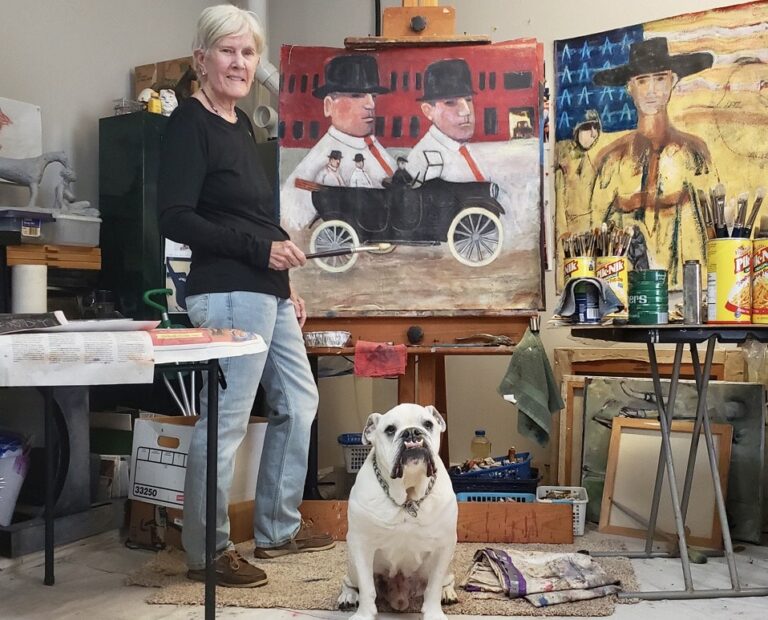ART, WHATEVER IT TAKES
Since the early pandemic in 2020, Rome Art Program has conducted a series of interviews, “Art, Whatever It Takes.”
Artists, Art Critics, and Art Historians living in Italy, the U.S., and U.K., share their insights during these powerful times.

Interview with Judith Lavendar
Judith Lavendar is an American artist born in Detroit. She received a Fine Arts BA from the Kentucky University, studying with Frederick Thursz. Judith’s art then moved to photography, she received a MA in art therapy before moving to New Mexico, and then to NY where she studied at the NY Studio School with Carole Robb. Judith also received an MFA from the Massachusetts School of Art&Design; she has widely exhibited in group and solo shows.
